Unveiling the Power of Metal Reshaping in PDR: Essential Secrets
Metal reshaping PDR (Paintless Dent Repair) is a specialized automotive technique using precise pres…….
Welcome to an in-depth exploration of a transformative process that has captured the attention of industries worldwide—Metal Reshaping PDR (Precision Deep Reinforcements). This article aims to guide you through the intricacies of this cutting-edge technique, its global impact, and the multifaceted considerations it entails. By delving into its historical roots, current trends, economic implications, technological innovations, regulatory landscape, and real-world applications, we will uncover why Metal Reshaping PDR is a game-changer in modern manufacturing and engineering.
Definition: Metal Reshaping PDR, often abbreviated as MRPDR, is an advanced metalworking process that combines precision deep reinforcement techniques with computer-aided design (CAD) and computer numerical control (CNC) technologies. It involves reshaping and reinforcing metal components to achieve superior strength, durability, and complex geometric configurations.
Core Components:
Historical Context: The concept of metal reshaping has evolved over centuries, but its modern iteration emerged in the late 20th century with advancements in computer technology and material science. Early attempts at reinforcement techniques led to the development of laser metal fusion (LMF) and selective laser melting (SLM), which laid the foundation for today’s MRPDR processes.
Significance: Metal Reshaping PDR is significant due to its ability to:
International Influence: Metal Reshaping PDR has transcended geographical boundaries, gaining traction across diverse industries worldwide. Its impact is evident in sectors such as aerospace, automotive, medical devices, energy production, and even consumer electronics.
Regional Trends:
Global Market Dynamics: The global Metal Reshaping PDR market is characterized by:
| Factor | Description |
|---|---|
| Growth Rate | Experiencing steady growth, with a projected CAGR of 7-8% from 2023 to 2030. |
| Key Drivers | Increasing demand for lightweight, high-performance components; need for customization and rapid prototyping; and the drive towards sustainability in manufacturing. |
| Challenges | High initial investment costs, lack of standardized processes, and the need for skilled labor. |
| Opportunities | Rising adoption in emerging markets, collaboration between industry and academia, and technological advancements driving down costs. |
Market Dynamics: The economic landscape of Metal Reshaping PDR is dynamic and multifaceted:
Impact on Economic Systems:
Innovation Highlights:
Impact and Future Potential: Technological advancements hold the key to:
Key Policies and Regulations:
Influence on Development: These policies and regulations:
Main Challenges:
Criticisms and Solutions:
Case Study 1: Aerospace Component Reinforcement
A leading aerospace manufacturer sought to reinforce critical aircraft components, reducing weight and improving structural integrity. Using MRPDR, they successfully reinforced engine parts, resulting in a 20% weight reduction without compromising strength. This led to fuel efficiency gains and reduced maintenance costs.
Case Study 2: Medical Device Fabrication
A startup medical device company required precise metal components for their innovative orthopedic implants. They utilized MRPDR to create complex geometric structures with enhanced mechanical properties, outperforming traditional manufacturing methods. This case highlights the technology’s ability to cater to niche applications.
Case Study 3: Energy Sector Innovation
In the renewable energy sector, a company faced challenges in producing lightweight, durable wind turbine components. MRPDR allowed them to create intricate blade designs with superior strength-to-weight ratios, enhancing overall performance and efficiency.
Emerging Trends:
Strategic Considerations:
Metal Reshaping PDR has emerged as a powerful force in modern manufacturing, offering unprecedented possibilities for metalworking. Its global impact is evident across diverse industries, driving innovation, sustainability, and efficiency. As technological advancements continue to shape this field, MRPDR will play a pivotal role in addressing complex manufacturing challenges.
By embracing the potential of Metal Reshaping PDR, industries can:
As we look ahead, the future of metal fabrication is bright, with MRPDR serving as a cornerstone for a more sophisticated, efficient, and environmentally conscious manufacturing ecosystem.
Q: How does Metal Reshaping PDR differ from traditional metalworking methods?
A: MRPDR is distinct in its ability to precisely reshape and reinforce metals using computer-controlled processes, enabling the creation of complex geometries that are challenging or impossible with conventional methods.
Q: What materials can be used in Metal Reshaping PDR?
A: A wide range of metals, including steels, aluminum alloys, titanium, nickel-based superalloys, and even exotic materials like tungsten and molybdenum, can be utilized in MRPDR processes.
Q: Is Metal Reshaping PDR suitable for large-scale manufacturing?
A: Absolutely! While initially more common in custom or niche applications, advancements in technology and machine capabilities have made MRPDR scalable for both high-volume production runs and specialized components.
Q: How does the cost of MRPDR compare to traditional methods?
A: The initial investment costs for MRPDR equipment can be higher than some traditional machines. However, long-term savings may result from reduced material waste, faster production times, and the ability to produce complex parts that were previously costly or impossible to manufacture.
Q: Are there any safety risks associated with Metal Reshaping PDR?
A: Like any advanced manufacturing process, MRPDR has certain safety considerations. These include protection against high temperatures, pressure, and potential flying debris during the reinforcement process. Proper safety protocols and equipment should be in place to mitigate these risks.
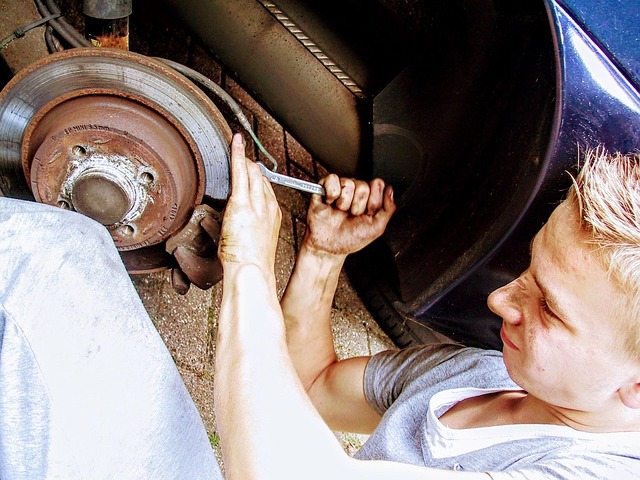
Metal reshaping PDR (Paintless Dent Repair) is a specialized automotive technique using precise pres…….

Metal Reshaping PDR offers a modern, non-invasive solution for auto repairs like scratches, dents, a…….

Metal reshaping PDR (Paintless Dent Repair) is a groundbreaking, cost-effective, and time-efficient…….
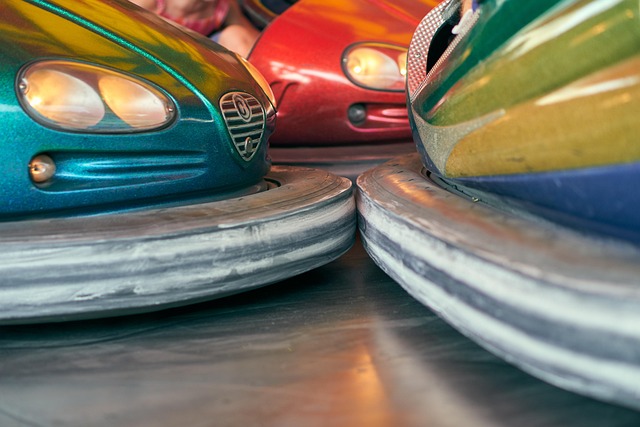
Metal Reshaping PDR (Paint Damage Repair) is a non-destructive auto repair technique that corrects m…….

Metal reshaping PDR (Precision Damage Repair) is a cost-effective auto body restoration technique th…….
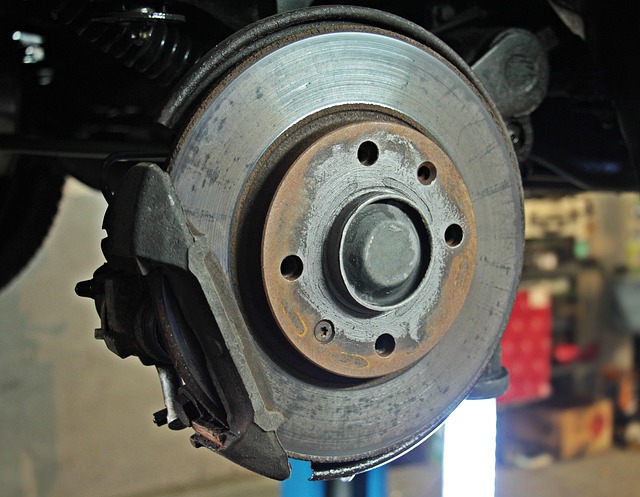
Metal Reshaping PDR (Paintless Dent Repair) is an innovative auto frame repair technique that preser…….
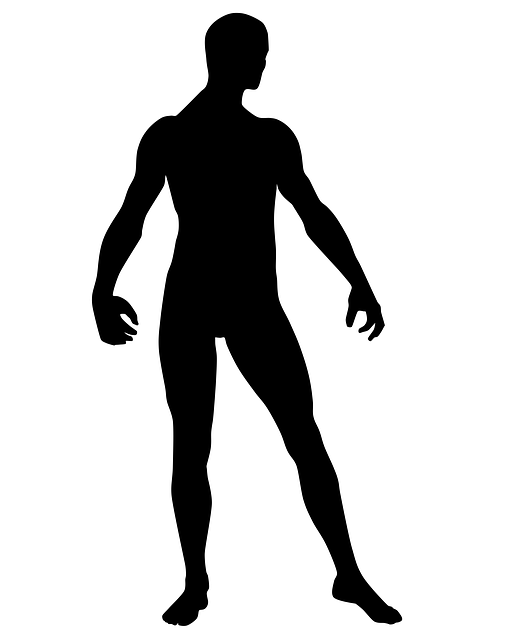
Auto body repair professionals and custom car enthusiasts are embracing Paintless Dent Repair (PDR)…….
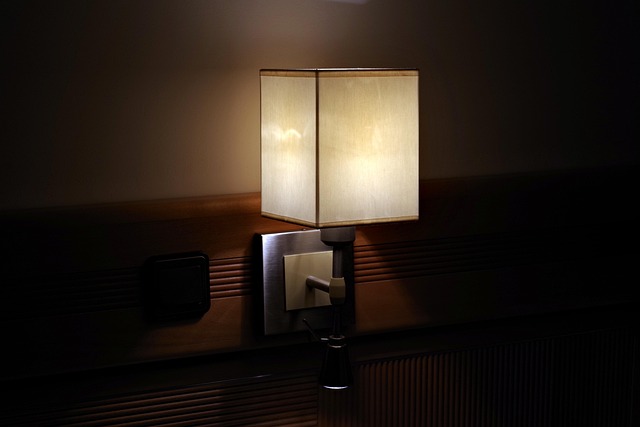
Metal Reshaping PDR is a cost-effective, versatile technique used by automotive technicians to resto…….
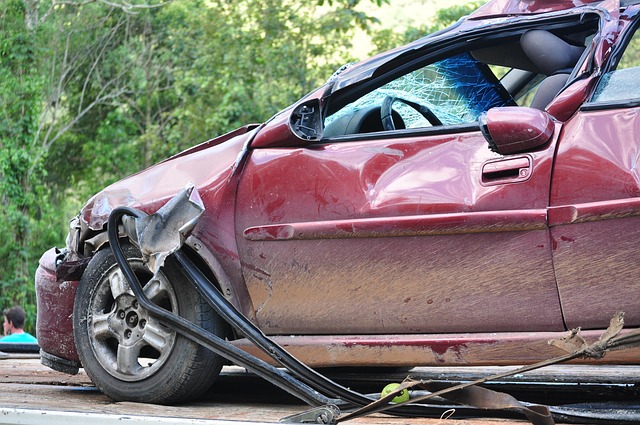
Achieving top-tier results in metal reshaping PDR (Paintless Dent Repair) requires a specialized too…….
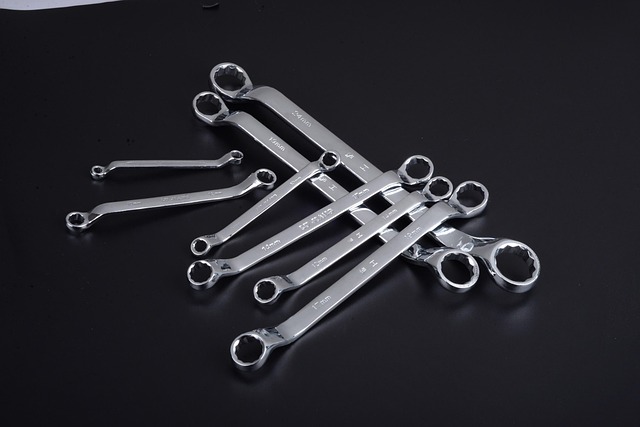
Metal Reshaping PDR (Paintless Dent Repair) is a cost-effective, eco-friendly technique for restorin…….